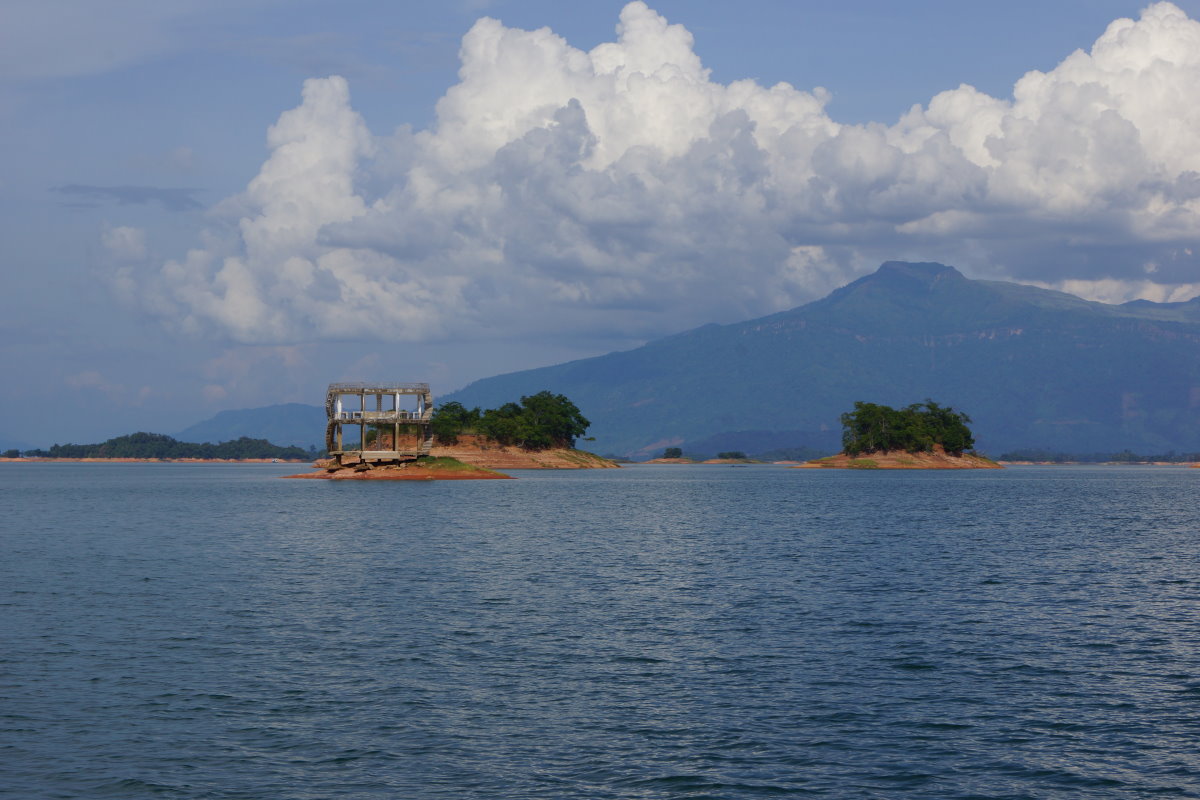
Referring to a recent interview with the Vice Governor of Vientiane province’s Thoulakhom district, Mr. Bounthap Vongsay, the Lao Economic Daily newspaper said that since early last month the level of the Nam Ngum was 3-4 meters lower than usual for this time of year. “We are seeing an unusual drop in the water level Nam Ngum which could be at its lowest for the past 50 years,” Mr. Bounthab was quoted as saying. Low rainfall in the north of the country this year has meant farmers have had to pump water from the river for their rice crops. But now the pumps at seven pumping stations are above the river level so they cannot be used. According to the news report, government authorities plan to lower the pumps or lengthen pipes so they reach the water. It is predicted that rice will not be planted on the total targeted area of 5,000 hectares as in previous years.
A farmer in Keunneua village, Mr. Thaen, said the low river level had not yet affected his farming because he had a 20-meter deep bore well and an artesian well, but he would monitor the situation. A resident of Pakkhayoung village, Mr. Ni, said he thought the river was at its lowest level in this area for 30 years. But this had its benefits as he could catch as much as 20-30 kg of fish each day compared to 10-15 kg in the past. However, he expressed concern that the situation would affect the area’s ecological balance and could possibly lead to the extinction of some river fish species as well as impacting on agricultural activities and water supply.
The Lao Economic Daily also referred to an interview with the Deputy Director of the Nam Ngum 1 hydro plant, Mr. Somchay Sichanthalath. He said that as of August 27, the dam’s reservoir contained about 3.9 trillion cubic meters of water, which was only 55.6 percent of the total capacity. Mr. Somchay said the dam was using only one generator and pumped 120 cubic meters of water per second. In previous years all seven generators were in operation, pumping 700 cubic meters of water per second.
Information source: Vientiane Times.


